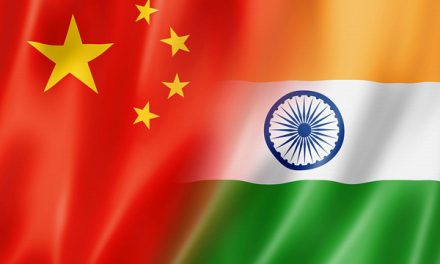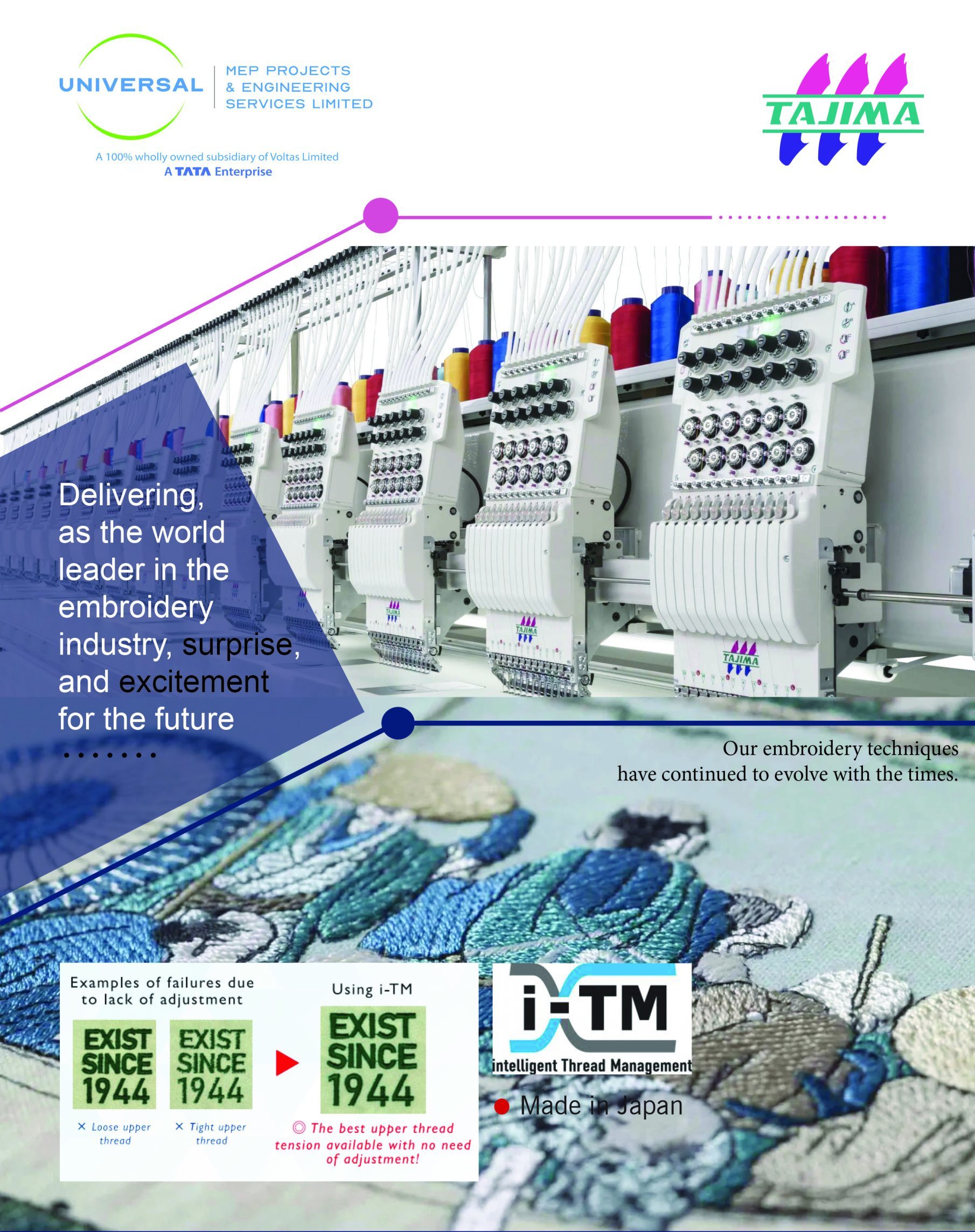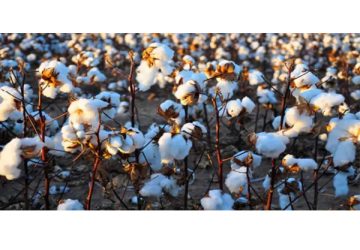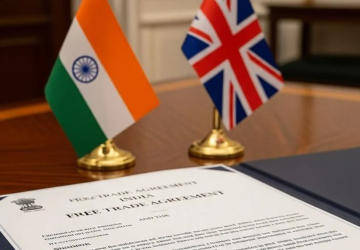 India’s textile and apparel sector contributes 2.3% to GDP, 13% to industrial output, and employs over 45 million people. It is also the world’s fifth-largest exporter of textiles and apparel, with exports crossing US$34 billion in FY24. As global sourcing shifts under the China+1 strategy, India has a real opportunity to lead—but only if it addresses longstanding challenges in infrastructure, product innovation, capex in scale, and quality control.
India’s textile and apparel sector contributes 2.3% to GDP, 13% to industrial output, and employs over 45 million people. It is also the world’s fifth-largest exporter of textiles and apparel, with exports crossing US$34 billion in FY24. As global sourcing shifts under the China+1 strategy, India has a real opportunity to lead—but only if it addresses longstanding challenges in infrastructure, product innovation, capex in scale, and quality control.
Gap in man-made fabrics
India’s dominance in cotton has long been its competitive edge. However, global fashion has decisively shifted toward manmade fibres (MMF), driven by demand for low cost fast fashion and performance wear. Countries like Vietnam and Bangladesh have rapidly realigned their supply chains around MMF, especially converting China’s MMF fabrics to garments.
India, meanwhile, continues to rely heavily on cotton, which accounts for a disproportionate share of its export portfolio. This misalignment limits India’s appeal in major markets and reduces its competitiveness in the large volume value segment.
The government’s Production Linked Incentive (PLI) scheme for MMF and technical textiles is a step in the right direction. Gujarat has taken a lead in reengineering polyester based China fabrics and has also started to produce nylon based fabrics. The momentum is there and if executed well, this could open big volumes for Indian factories. Temporarily, India should also build a supply chain for importing fabrics from China and garmenting in India.
Scale and Infrastructure:
For global sourcing leaders, speed and reliability matter just as much as scale. India’s manufacturing clusters are often fragmented, with inconsistent capabilities across regions. Logistics—from first-mile pickup to port clearance—can still be unpredictable, especially for time-sensitive orders.
The PM MITRA initiative, focused on integrated textile parks, must be scaled rapidly. Infrastructure investments should prioritize large scale setups, labour housing, and integrated logistics chains. Public-private partnerships will be crucial to unlocking the efficiencies buyers now expect.
In parallel, India must address gaps in labour skills. A coordinated upskilling drive especially in low income regions like Bihar, Jharkhand, Orissa through both government and industry-led initiatives is essential to build a globally competitive workforce.
Technology adoption
Technology has become a powerful differentiator in apparel sourcing. Automation, digital printing, trend forecasting, and fast product development allow for quick launches, faster turnarounds , and lower wastage.
Digital printing is enabling short-run orders with rapid lead times, ideal for fast fashion and D2C brands. With high demand, the scale is continuously driving the cost of digital printing down and hopefully in a short time, it would be at par with other traditional methods of printing. This would allow factories investing in digital printing to compete with China’s offering of width and speed in fashion.
Smart factories equipped with real-time tracking and production visibility tools also improve buyer confidence by ensuring transparency and on-time delivery.
Trade Agreements
Recent trade pacts with the UAE, Australia, and UK are a boost to the industry. There is hope of a trade deal with the US and an FTA with the EU. The duty disadvantage with countries like Bangladesh would vanish and India’s exporters would be on an equal footing.
A $100 Billion Opportunity
According to IBEF, the global apparel market is projected to reach US$2.37 trillion by 2030, while India’s domestic market is expected to hit US$350 billion. With the right strategic execution, India can realistically aim for US$100 billion in apparel exports.
The building blocks are already in place: a vast and skilled workforce, deep cotton integration, a rich design heritage, and supportive government intent. What’s needed now is modernization and investment in fabrics, and factories.
















